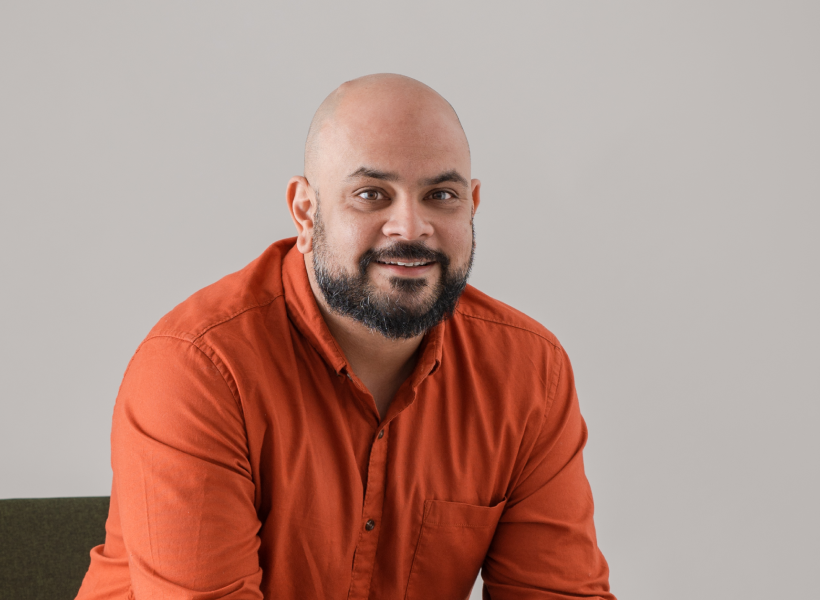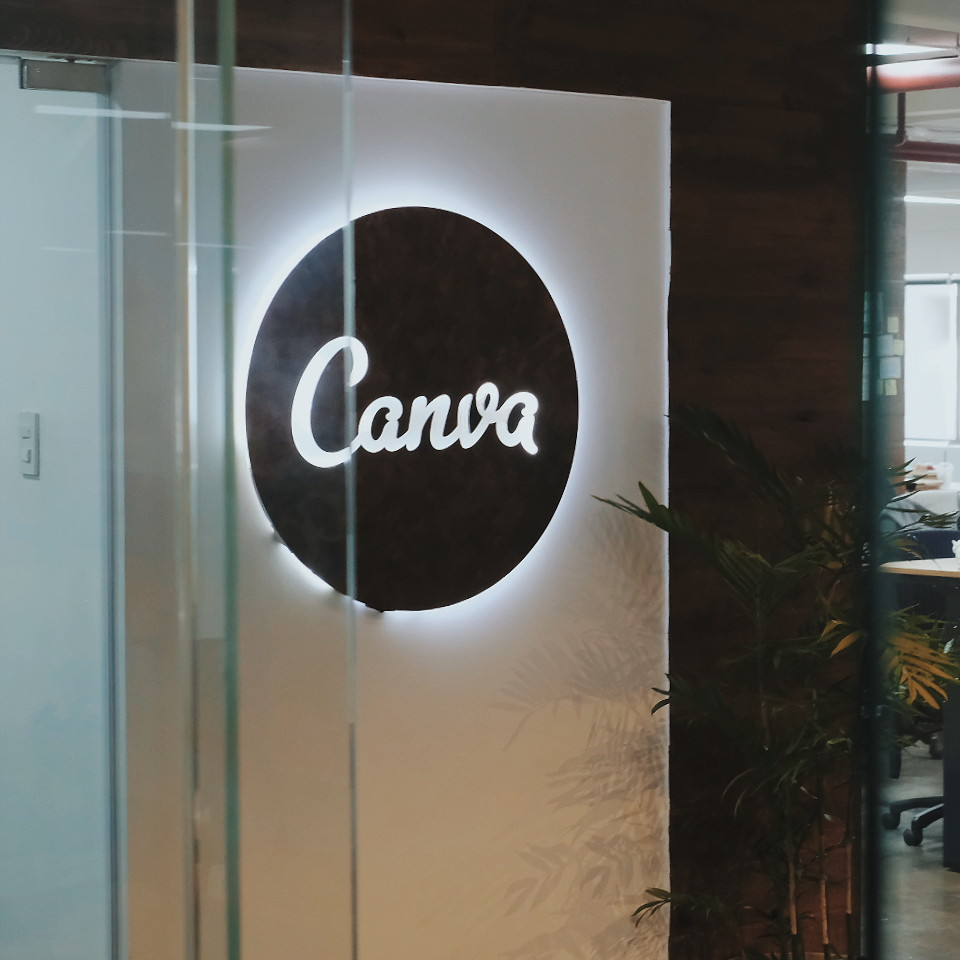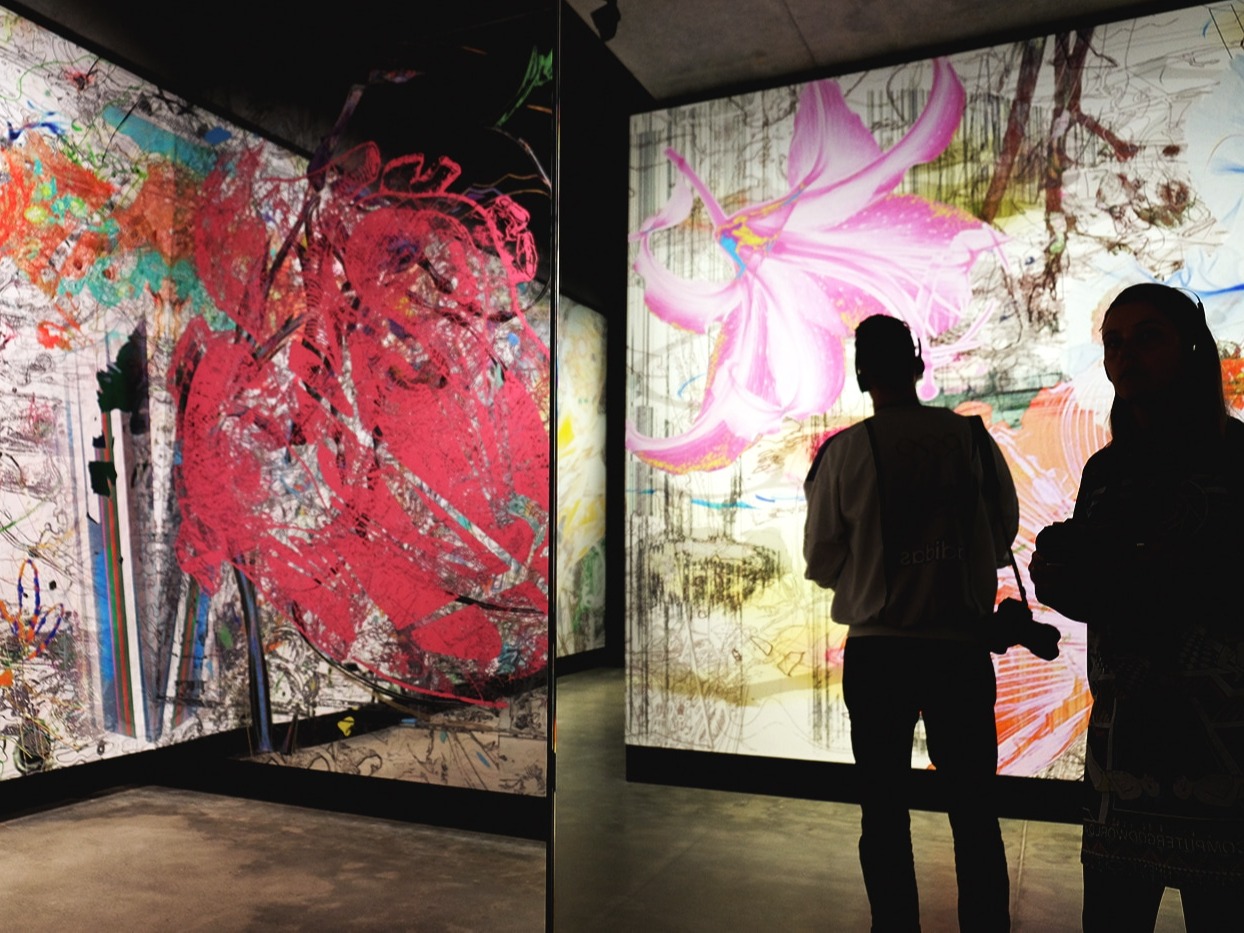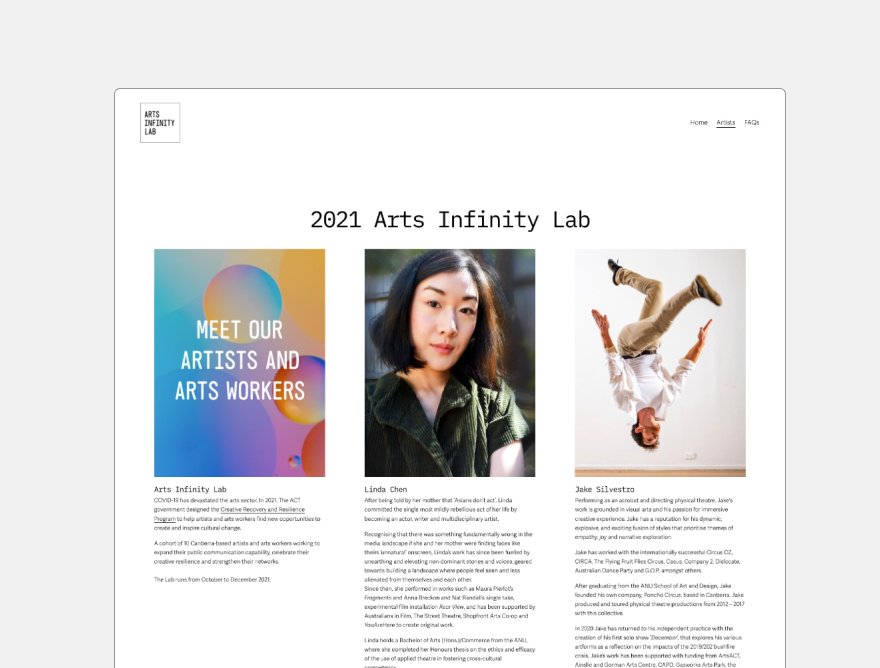Melbourne Convention and Exhibition Trust
Defining the physical, cultural, and operational aspects for a new locally-grounded events centre
Through research and design we helped the MCET understand the potential future service experience, technology and brand positioning opportunities for the Geelong Convention and Exhibition Centre.
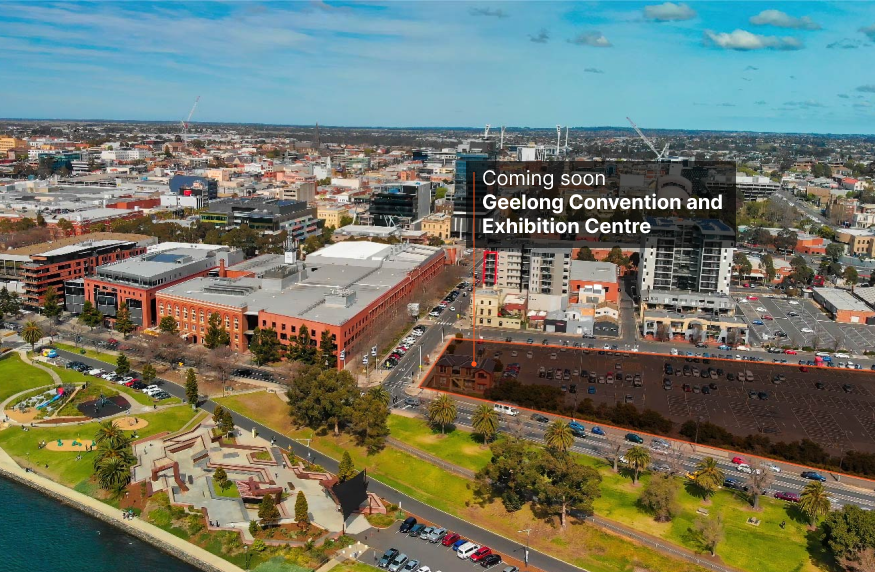
Outcomes
Market and trends analyses for the Geelong Convention Exhibition Centre
Meaningful engagement with Traditional Owners to progress First Nations recommendations and consultation
User stories to capture future state moments in the Geelong Convention Exhibition Centre experience
Bespoke Service Design Principles and visual Concepts for how to bring the customer and visitor experiences to life
Sectors
Project team

Samantha Roche
Principal Researcher

Mitchell Cheong
Senior Product Designer
Defining the user experience
The Geelong Convention and Exhibition Centre is a crucial piece of new infrastructure for the City of Greater Geelong region. The complex will be a significant driver of jobs and economic growth for Geelong and surrounding areas. A local ecosystem of accommodation providers, event organisers, catering providers, cleaners, technicians, logistics and transport operators and more will support its success.
Paper Giant was asked by MCET—who will operate the future Geelong Convention Exhibition Centre—to define the types of experiences, services, technologies and features that will ensure the venue is attractive to customers (those that host or attend events) whilst establishing a point of difference from other major event spaces.

The Geelong Convention and Exhibition Centre is positioned in close proximity to key Geelong landmarks.
Leveraging a placemaking approach
Placemaking is a collaborative process that blends traditional human-centred design and architecture practices. It inspires people to improve community spaces, buildings, cities, and suburbs by collectively reimagining and shaping them around those who use them. We used the tenets of placemaking in our industry and community stakeholder engagement to help us understand their needs and motivations in relation to the proposed Geelong Convention Exhibition Centre complex.
Through a series of workshops and interviews, we created a comprehensive list of requirements to help define the physical, technological, cultural and environmental experiences that the Geelong Convention Exhibition Centre needs to provide.
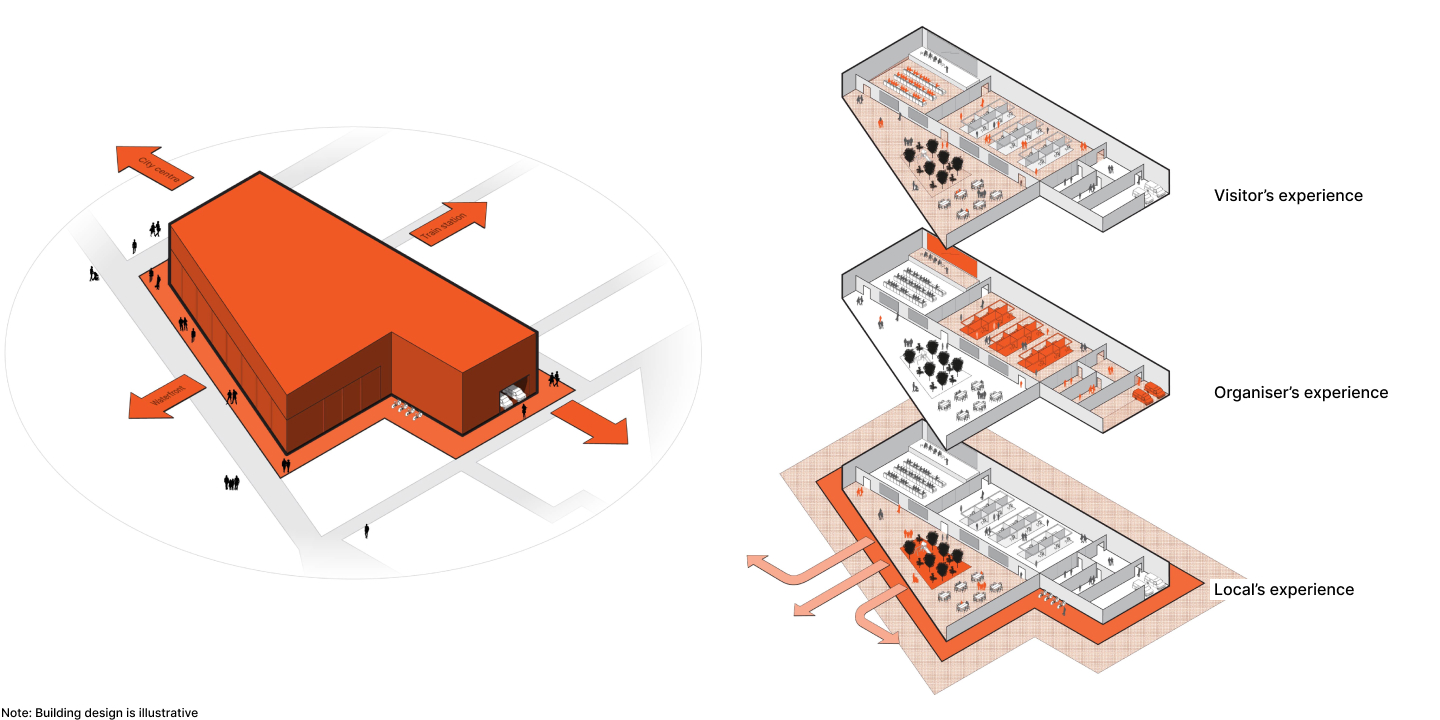
We analysed the user experience from multiple perspectives including visitors, delegates, organisers and locals.
Celebrating Indigenous history and culture
Incorporating Indigenous sensibility and ways of knowing into placemaking builds connection to Country, and will help differentiate the Geelong Convention Exhibition Centre at national and international scales. Through deep listening and sustained dialogue, we supported genuine consultation with the First Nations community of Djilang, including the Wadawurrung Traditional Owners Aboriginal Corporation (WTOAC) which the MCET can use to progress Geelong Convention Exhibition Centre partnerships with Traditional Owners and Indigenous communities.


Providing a glimpse into the future
To ensure that we painted a comprehensive picture for the Geelong Convention Exhibition Centre, and enable the MCET to use our research to best inform architectural briefs and the operationalisation of the Geelong Convention Exhibition Centre, we also developed a set of bespoke Service Design Principles and visually-compelling Service Design Concepts to help bring the future customer and visitor experiences to life.
